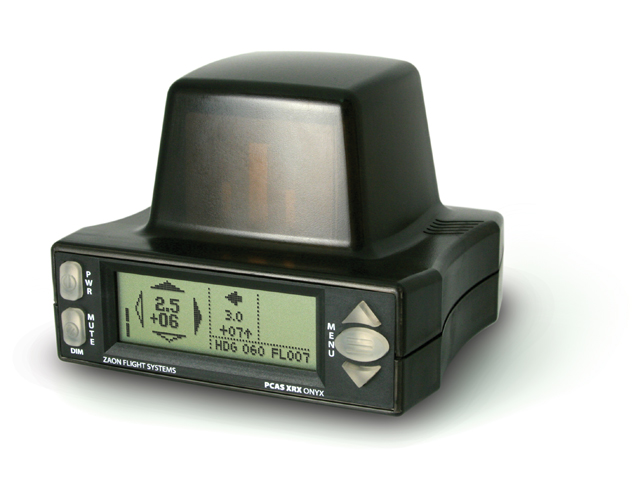MichaelP wrote:747's are not known for their short field abilities so not into Pattaya-Eastern, and the beach is soft sand often covered by gorgeous Thai girls and as such is also unsuitable for heavy wide bodies.
On the subject, we discussed this a bit more and the main concern is the increased risk of mid air collisions.
I would not want to be an instructor in a Cessna with poor visibility in the concentrated Glen Valley after these changes take place, it's bad enough as it is.
Many more Cessna 152s are coming to cope with the increase in foreign students coming here... I think it is going to become very dangerous to train people over the Lower Mainland.
What we need is suggestions of how we are going to cope with it.
I had a discussion with another fellow instructor about this.
Why is it that TCAS systems are only oriented and required on larger aircraft. Of course, it increases safety. But will ATC not provide traffic separation? I thought that was one of the largest differences between IFR and VFR.
Aside from the 705/704 operations, I believe aircraft operating VFR should have TCAS or a similar system because ATC will NOT provide traffic separation. It improves situational awareness and increases safety. As a result, you'd minimize the number of "close calls" you experience in glenn valley. Because during the olympic time, as you said, the close calls can easily be converted into statistics.
What is your opinion on it Mike? I know that your Diamond which i had a pleasure of flying had the TCAS on it... which made me feel much safer.
I think that instead of enforcing the requirements you stated earlier, they should enforce the need for a TCAS or similar system.
There was something advertised on the wings across canada episode... PCAS ?

It could be a cheaper option than installing a TCAS system.








